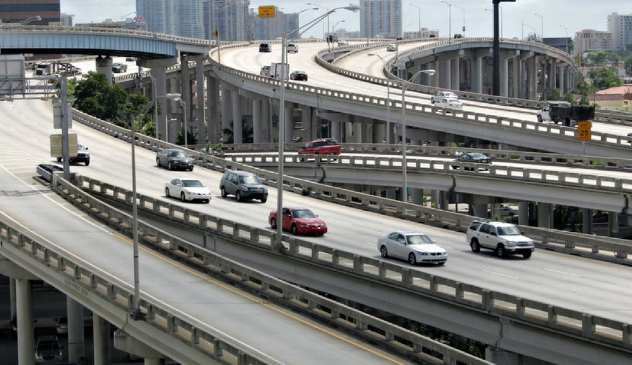Dwarka Expressway
Prime Minister Narendra Modi inaugurated the Haryana section of the Dwarka Expressway, marking a significant milestone in India’s infrastructure development. The 19-km segment, constructed at a cost of ₹4,100 crore, is part of the country’s first 8-lane expressway project, aimed at improving traffic flow and reducing congestion between Delhi and Gurugram on National Highway (NH)-48.
Haryana Section Details
The inaugurated section of the Dwarka Expressway comprises two stretches:
- A 10.2-km stretch from the Delhi-Haryana Border to Basai Rail-over-Bridge (ROB)
- An 8.7-km section from Basai ROB to Kherki Daula
This section will provide a direct connection between the Indira Gandhi International (IGI) Airport in Delhi and the Gurugram Bypass, facilitating smoother traffic movement.
Dwarka Expressway: An Overview
The Dwarka Expressway, with a total construction cost of ₹9,000 crore, is divided into four segments:
- The first two segments, totaling 10 kilometers, are located in Delhi
- The third and fourth sections, spanning approximately 19 kilometers, are in Gurugram
The expressway starts from Shiv Murti near Mahipalpur on the Delhi-Gurgaon expressway and passes through Dwarka Sector 21, the Gurugram border, Basai, before ending near Kherki Daula on the National Highway. It will be a fully access-controlled, grade-separated 14-lane expressway, the first of its kind in India.
Unique Features and Challenges
The Dwarka Expressway will feature four multi-level interchanges, including tunnels or underpasses, a ground-level road section, an elevated flyover, and a flyover above the initial flyover. One of the most notable features is India’s first 4-km-long 8-lane tunnel near Indira Gandhi International Airport. Described as a ‘shallow tunnel’, it was constructed due to the impossibility of erecting an elevated structure close to the airport.
The expressway’s starting point will be an interchange consisting of two underpasses beneath the existing NH 48, integrated with an elevated corridor.
Addressing Traffic Congestion and Pollution
According to government data, NH 48 witnesses the passage of over 3 lakh vehicles daily. The Dwarka Expressway project aims to alleviate traffic congestion, reduce productivity losses caused by traffic jams, and curb vehicular pollution in the Delhi NCR region.
Construction Timeline and Delays
The construction of the Dwarka Expressway began in 2018, with an initial completion target of 2021. However, due to the Covid-19 pandemic, project deadlines were extended. The National Highways Authority of India (NHAI) has announced that work on the entire project will be concluded by August this year.
The inauguration of the Haryana section of the Dwarka Expressway by Prime Minister Narendra Modi is a significant step towards enhancing connectivity and easing traffic congestion in the Delhi-Gurugram region. As India continues to invest in next-generation infrastructure, projects like the Dwarka Expressway will play a crucial role in boosting economic growth and improving the quality of life for citizens.
Month: Current Affairs - March, 2024
Category: Places in News Current Affairs







